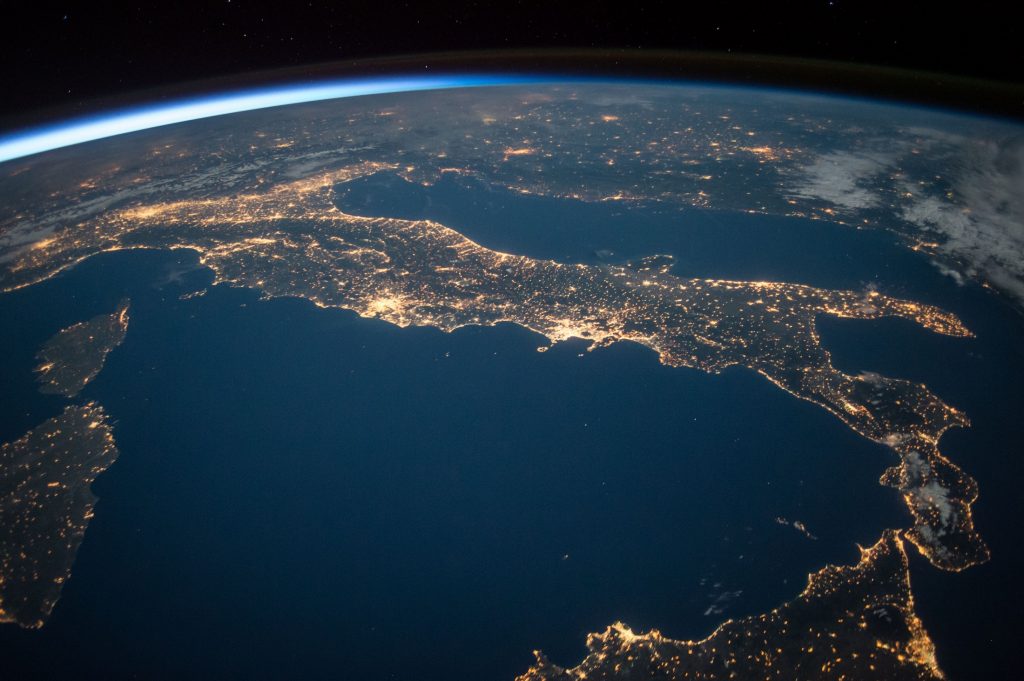Today is a sad day for planet earth, it’s Earth Overshoot Day which means it’s the day in the year by which we have used more energy than the earth can renew in 2017. This day comes every year but this year, it’s the earliest it’s ever been. Earth overshoot day has been monitored and recorded since 1986 and the change in the last 30 years has been shocking.
The Earth Overshoot Day Measure looks at the biocapacity of the earth, which calculates the earth’s ability to generate a supply of renewable resources and to absorb the waste earth emits. Earth is unsustainable when it produces a bigger ecological footprint than it’s biocapacity. At present and for several decades, the earth has been unsustainable. The date that Earth Overshoot Day falls in the year proves just how unsustainable the planet is. In just over 7 months we have managed to create an ecological footprint bigger than our biocapacity. This is bad news.

In the 1980s, Earth Overshoot Day fell in November. Whilst this is still not a positive thing, getting this day back to a date in November would be a huge achievement. Although it’s Earth Overshoot Day, many countries have individually reached their own overshoot day earlier in the year. Luxembourg was the first this year, with their ecological footprint exceeding their biocapacity on February 17th. Following close behind were Quatar, Australia, Canada and the USA all reaching their overshoot day before the middle of March.
What Can You Do To Help?
First of all, you can find out just how big your contribution to the world’s carbon footprint is with this quick and handy calculator.
Then you can start making different choices in your day to day life.
It’s worth noting that food is responsible for a huge 26% of our overall global footprint. Switching to a plant-based diet can help reduce your carbon footprint. Paying attention to how far your food has to travel to end up on your plate is also something to consider, buying local, unprocessed food with less packaging will contribute to a much more sustainable diet.

You can also look at where the energy that fuels your home comes from. There are plenty of sustainable energy sources such as wind power and solar power that can replace some or all of your energy supply at home.
Transport also plays a big part in the global footprint. Travelling fewer miles and sharing lifts of using public transport can certainly help.
Earth Overshoot Day serves as a reminder that despite efforts, our attempts are not making enough of an impact. Whether it’s food, shelter or transports, we could all do with thinking just a little bit greener.
[/et_pb_text][et_pb_social_media_follow _builder_version=”3.0.53″ saved_tabs=”all” link_shape=”circle” url_new_window=”on” follow_button=”on” background_layout=”light” global_module=”4820″] [et_pb_social_media_follow_network social_network=”facebook” skype_action=”call” url=”https://www.facebook.com/livekindlyco/” bg_color=”#3b5998″]

